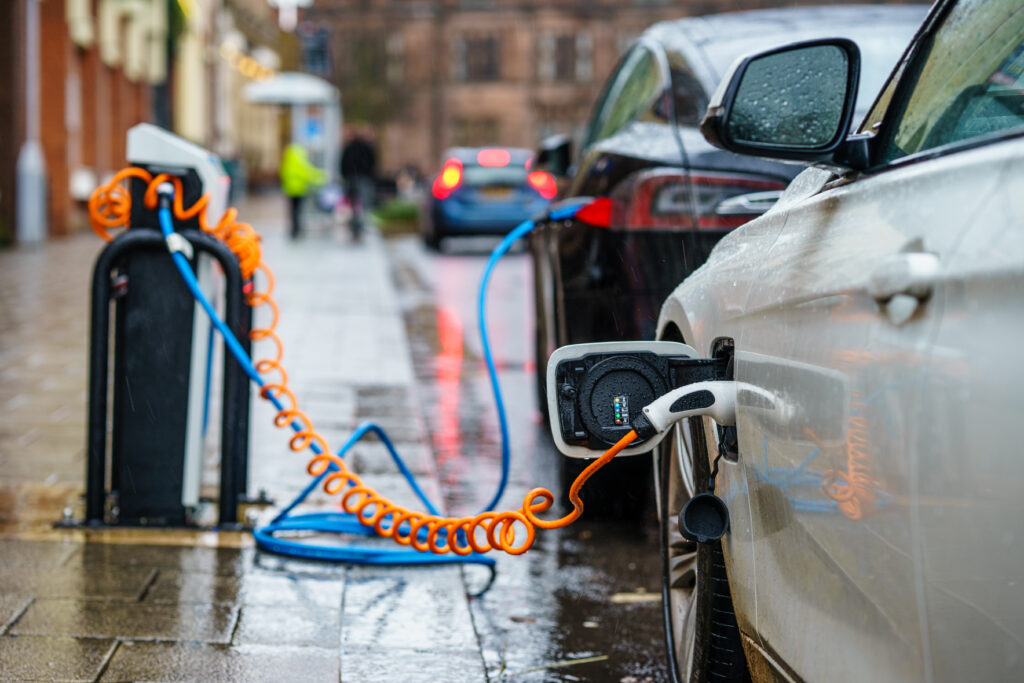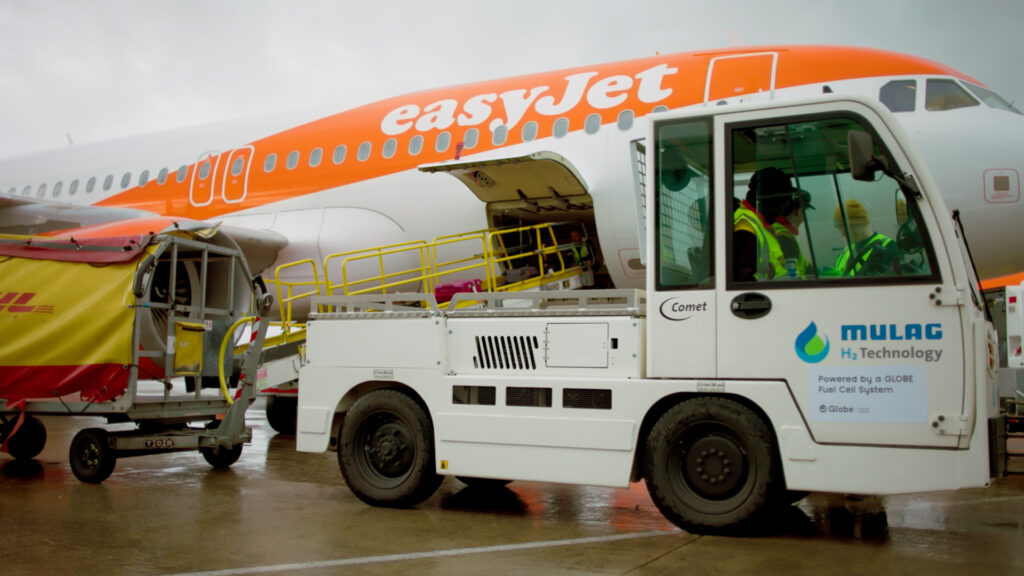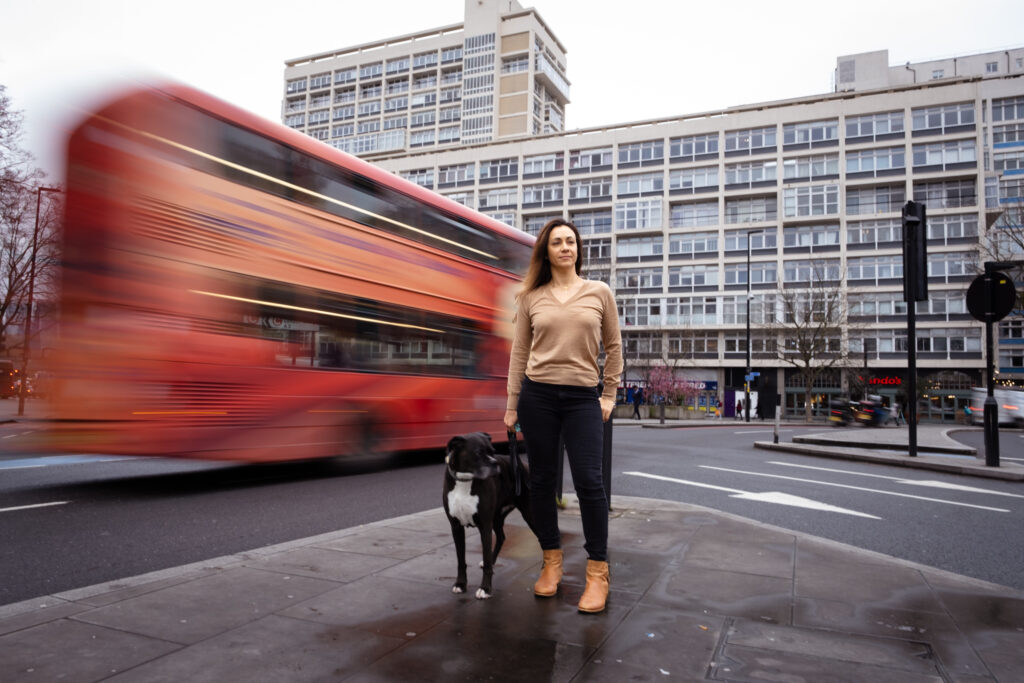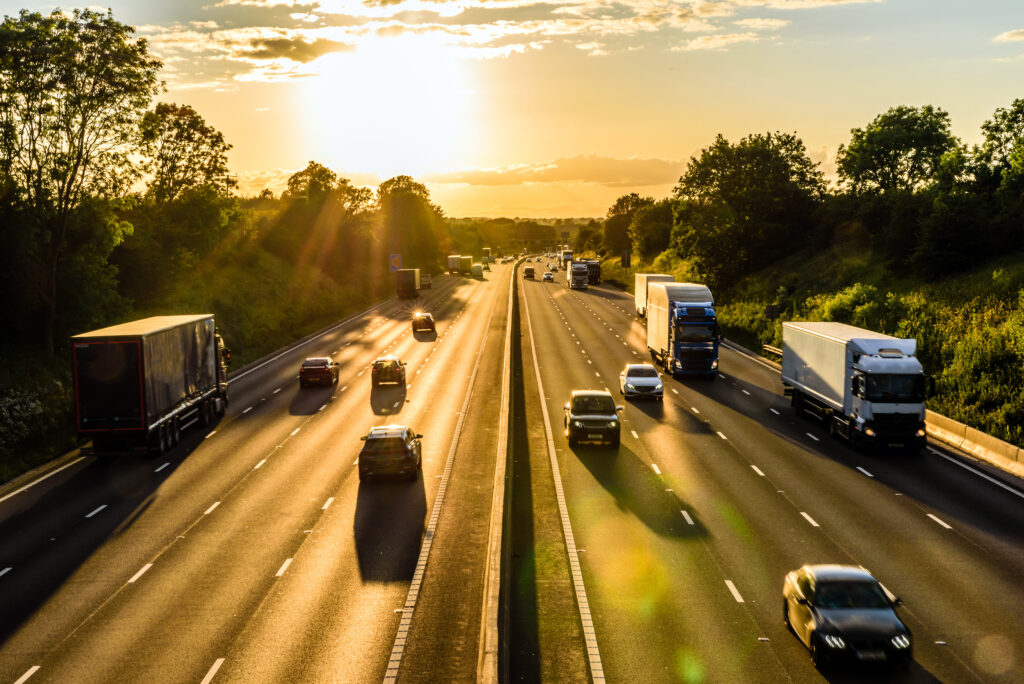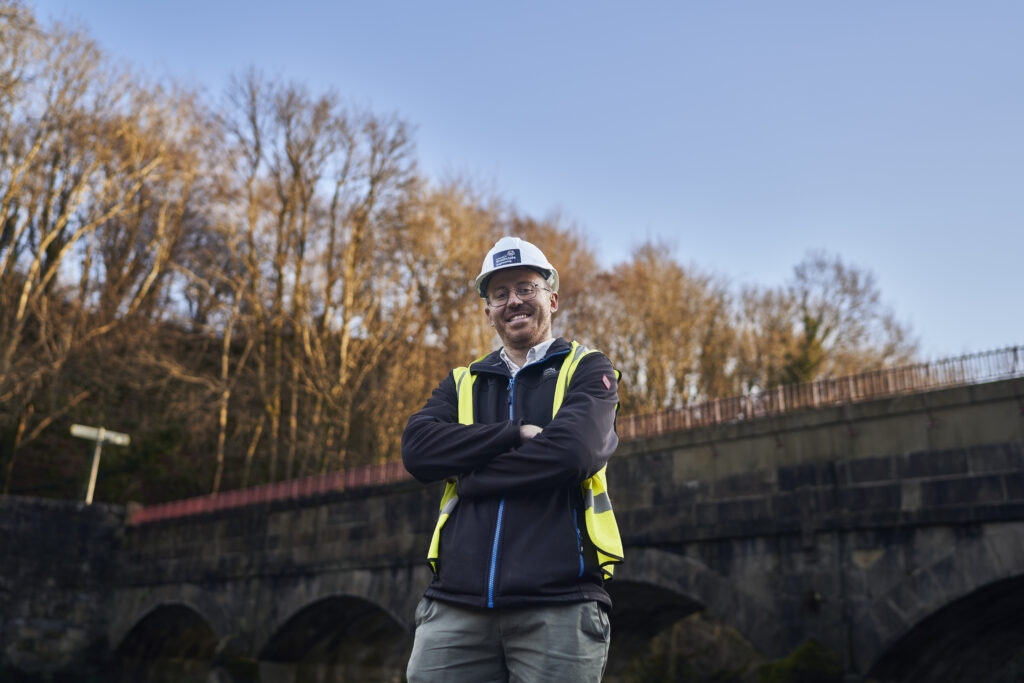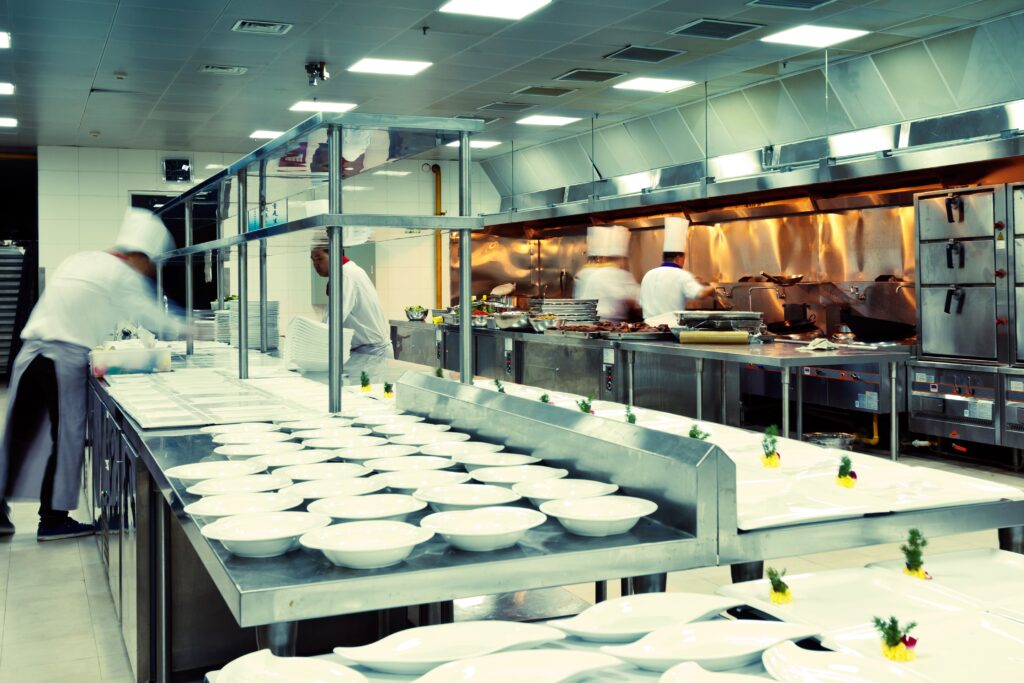A Future for Places
Jonathan Flowers, Associate Director at Connected Places Catapult reflects on the COVID-19 crisis and the potential long-term effects on places, housing, neighbourhoods and cities.
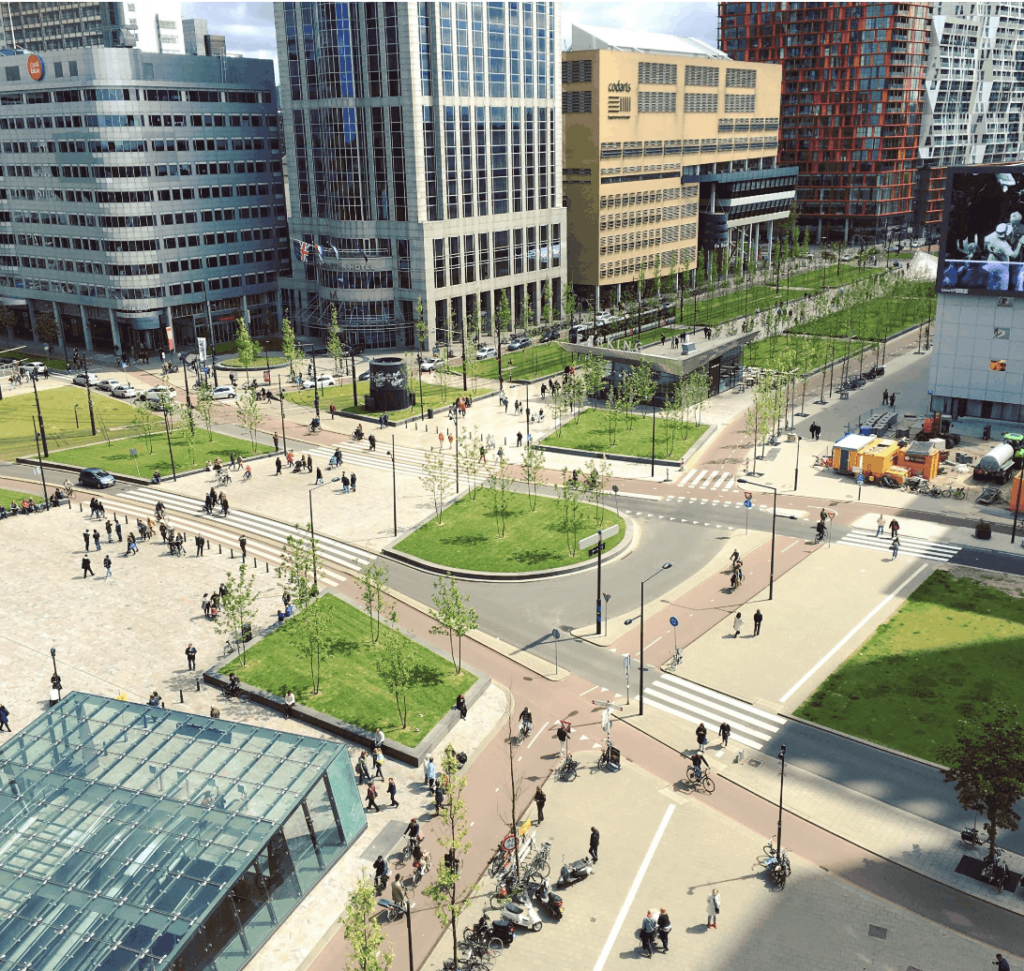
Assuming you are lucky enough to have a choice, what will you think about next time you move house? I suspect that for you a key question in future will always be “what would it be like to be locked-down in this home”? And I suspect that the generation of locked down COVID-19 teenagers – Generation-C – will think the same thing too, for decades to come. What does is the outcome for the UK Post Pandemic?
“There are places I’ll remember / All my life, though some have changed / Some forever, not for better / Some gone, and some remain / All these places had their moments” Lennon/McCartney, 1965
Things like having some garden or a balcony, a box room for use as an emergency office, space for two adults to work independently and have a child doing schoolwork … we will measure our future homes against how we would see a lockdown working out. Some of these factors may count for more than proximity to the station, or to the place of work, because we have learned that the place of work is a much less defined concept than it used to be.
And what questions will we investigate about the place where we choose to live? I think we’ll be keen to know about how the community behaved – did it come together with mutual aid groups and supportive neighbours collecting prescriptions for the isolated? Or was it a place where isolated people felt vulnerable, where the supermarket shelves were stripped bare by the able-bodied? Were they the sort of people who clapped for carers?
I have a friend who – up to now – has cherished living in central London because of an easy commute, but he’s in one of the awkward bits of docklands that’s so far from the broadband exchange that he experiences a rural level of connectivity. He’ll never buy a property that has poor broadband again. And domestic pressure to move to the country may be a bit less resistible.
Trust in the State and Trust in Each Other
There are two things that will have a big impact on what happens out the other side of COVID-19. Will we each trust the state more or less than before, and will we trust each other more or less than before?
If we have low trust both in the community and in the state, it will be pretty bleak. It’s easy to imagine a scenario of anti-social self-reliance arising from such an outcome. If, alternatively, we trust the state but not each other, if the state shows that it has protected its citizens competently and well, but if the population sits on its hands, then that leads to a path of future centralised standardisation and paternalism that we hope will be benevolent. What a wonderful thing it would be if we ended up with more trust in both – what confidence that would give us as we work together at community, neighbourhood and whole-state level to address our next crisis – that of climate change.
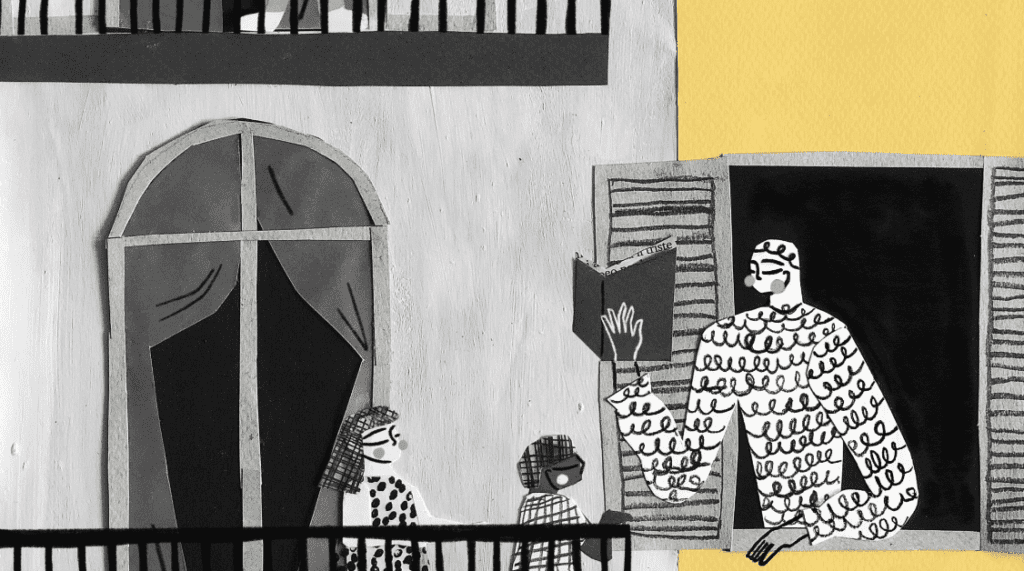
However, the longer-term upshot of the virus in the UK may be quite different in different places. Strong communities will have become stronger. The local state will be the relevant benchmark, and we know there that performance differs. The Kekst CNC Covid 19 Opinion Research Edition 3 shows +27% UK net positive for Local Government’s response but that masks regional variation from a low of 10% in Yorkshire and Humber to an English high of 31% in the South West.
Interestingly an opinion survey going into Covid-19 showed a very differentiated level of trust in local authorities to handle the virus, overall a net positive of 17% but masking variation – net negative in London and rising to net positive levels of 33% in some regions. Local Government has over-delivered against expectation in many places.
The circumstances of lockdown mean that our definition of local has become much smaller, down to a neighbourhood level. There is anecdotal evidence that those places that had the most hyperlocal of councils – town and parish councils – were able to mobilise for mutual aid faster than those which relied on more remote tiers of local government.
How will these experiences reconcile with the orthodoxy of the onward march towards more city living? Network Effects – in the Internet
One of the many advantages of cities, industrial centres, universities and the like is the ability to gather together networks of people that allow serendipitous encounters, easy access to like-minded people solving similar problems, and the chance to share events and conversations.
During lockdown I have participated in conferences and seminars, and discussion groups in Australia, London and nowhere in particular, yet everywhere; I attended a conference that was going to be in Iceland, and a one day training course that I wouldn’t have travelled to. I met up with people at the edge of my acquaintance who I’d been meaning to meet up with for ages but was waiting until we’d be in London at the same time – and realised how daft it was to wait until then. And it is not just about maintaining relationships that already exist. I have done projects with people I have never met in real life, and been recruited and inducted as chair of a charity, entirely remotely.
Additionally, I am a trustee of a civic and democratic technology charity – mySociety – that has always worked entirely remotely, it has no offices. Regularly the whole organisation takes over a large country house for a company retreat where new relationships are forged, older ones rekindled, and strategy and purpose are discussed. Although not designed with pandemics in mind, it has proved utterly resilient under lockdown.
What this means for cities
Cities will become locations for things that can only be done there. Their advantage of excellent transport links means that when we do, as social animals, want to meet face to face they will be obvious places to converge – they will minimise aggregate travel time of a widely dispersed group. Travel – physical connectivity – becomes the defining source of competitive advantage.
“I can imagine a future for cities in which a brilliant, vibrant centre of leisure and meeting venues, very good airport connections and excellent stations, is surrounded by a doughnut of discomfort, places where people live only if they cannot afford to live elsewhere, or if they have low wage service economy jobs in the centre. ”
Cities that are slightly disadvantaged in terms of travel may nonetheless be able to compete on history or symbolism. If you are bringing together people motivated by a social cause, then the Peoples’ History Museum in Manchester is heavy with meaning. Conferences of those working on advanced ceramic materials may find the lure of Stafford or Stoke to be symbolically appealing, even internationally.
Cities will also be key – again because of their physical connectivity, and some legacy infrastructure – for leisure, sport and culture. There is no remote alternative to the roar at Cardiff’s Principality stadium, or the friendly revelry (and rivalry) in the streets afterwards. No binaural headphones can match a seat just metres away from a world class musician, and no website can match the experience of standing in front of the actual canvas on which the actual artist put the actual paint.
I can imagine a future for cities in which a brilliant, vibrant centre of leisure and meeting venues, very good airport connections and excellent stations, is surrounded by a doughnut of discomfort, places where people live only if they cannot afford to live elsewhere, or if they have low wage service economy jobs in the centre. Such locations may also be attractive to the young, as they’ll be cheaper than before, and one human process that’s relatively impervious to remote technology, and that requires physical presence, is that of finding a life-mate.
It is easy to protest that these circumstances only apply to people, who, like me, can work from anywhere; but the service economy goes where the people are, to service. If there is a gradual disaggregation of the population into towns and villages then the whole labour market will distribute accordingly.
Neighbourhood scale
If transport links are the connection that is most relevant for the cities of the future, what about the towns and villages, the neighbourhoods of the future. With people spending much more of their time in a place, will they invest more of their attention in it? When the dormitory suburb becomes the place of work, rest and play, as well as sleep, what does that mean for connection, and for local commitment?
We have discovered that broadband connectivity has gone from being a Netflix-nice-to-have to becoming critical to our livelihoods, and we can expect a renewed focus on this.

We have discovered that, paradoxically, we can be closer to our neighbours than ever before. There are people in my street’s coronavirus volunteer WhatsApp who I have yet to meet face to face – I can’t wait for the next street party (probably in 2021). I am sure the WhatsApp group will continue after COVID-19, it has become far too useful to people as a mode for discussion and for generosity.
We have rediscovered the local role of our local councillors. In a world of uncertainty and fear, and not knowing what to do, we have rediscovered the legitimacy that comes from having been elected.
It would be nice to think that some of the experiences we’ve shared will translate into a nicer society. Maybe those of us who have discovered that we are not actually “key” to our society will be reflecting on our purpose and keen to do more. My fear – and expectation – is that this will vary greatly from place to place. Places that had social capital now have more of it, volunteering has been rewarded by results, new connections have been made, and those places will accrete more affluence and material resources as people want to live in places like that. Places with good local leadership have emerged stronger and will be best placed to cope with the economic consequences. And those that haven’t won’t.
From the perspective of the Catapult this will give us a wider range of opportunities and challenges to support and for our partner industries to meet; it will mean that we need to be nuanced in our approaches to the particularities of places, helping them more precisely to demand, and our suppliers more precisely to understand, those differences.
Navigate the new normal with us
This article is part of the Post-Pandemic Places Innovation Brief – a collection of insights and analysis focused on innovation opportunities in the post-Covid era. If you are part of a business of any size, a research institution or government organisation interested in exploring post-pandemic innovation opportunities in built environment, mobility, transport, critical infrastructure or local planning, get in touch with us at info@cp.catatplt.org.uk to take the conversation forward.



